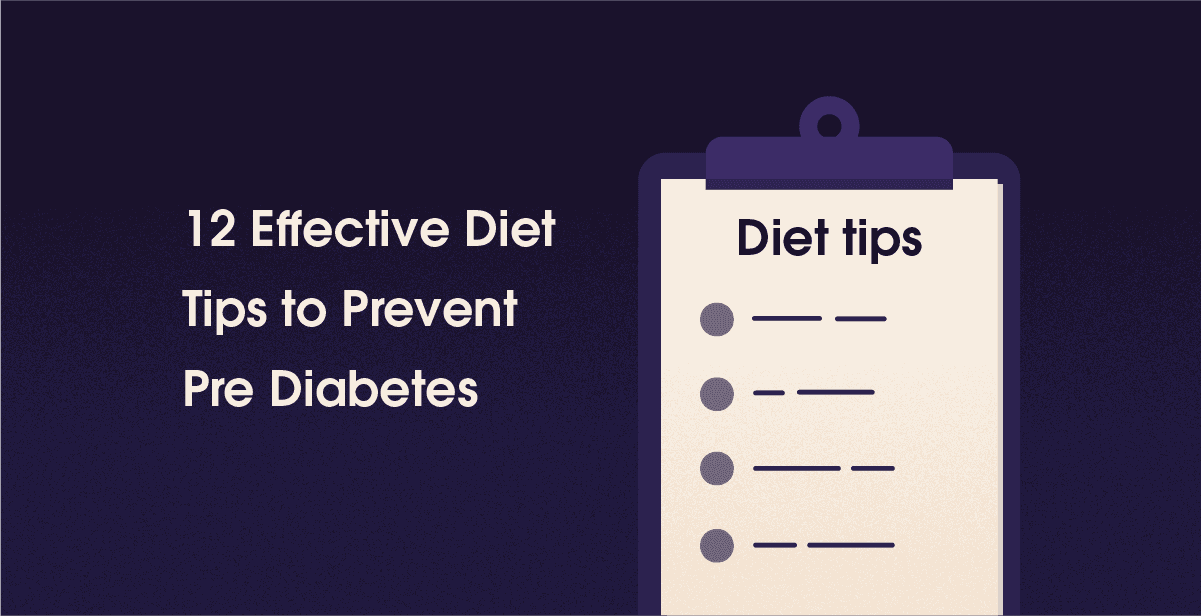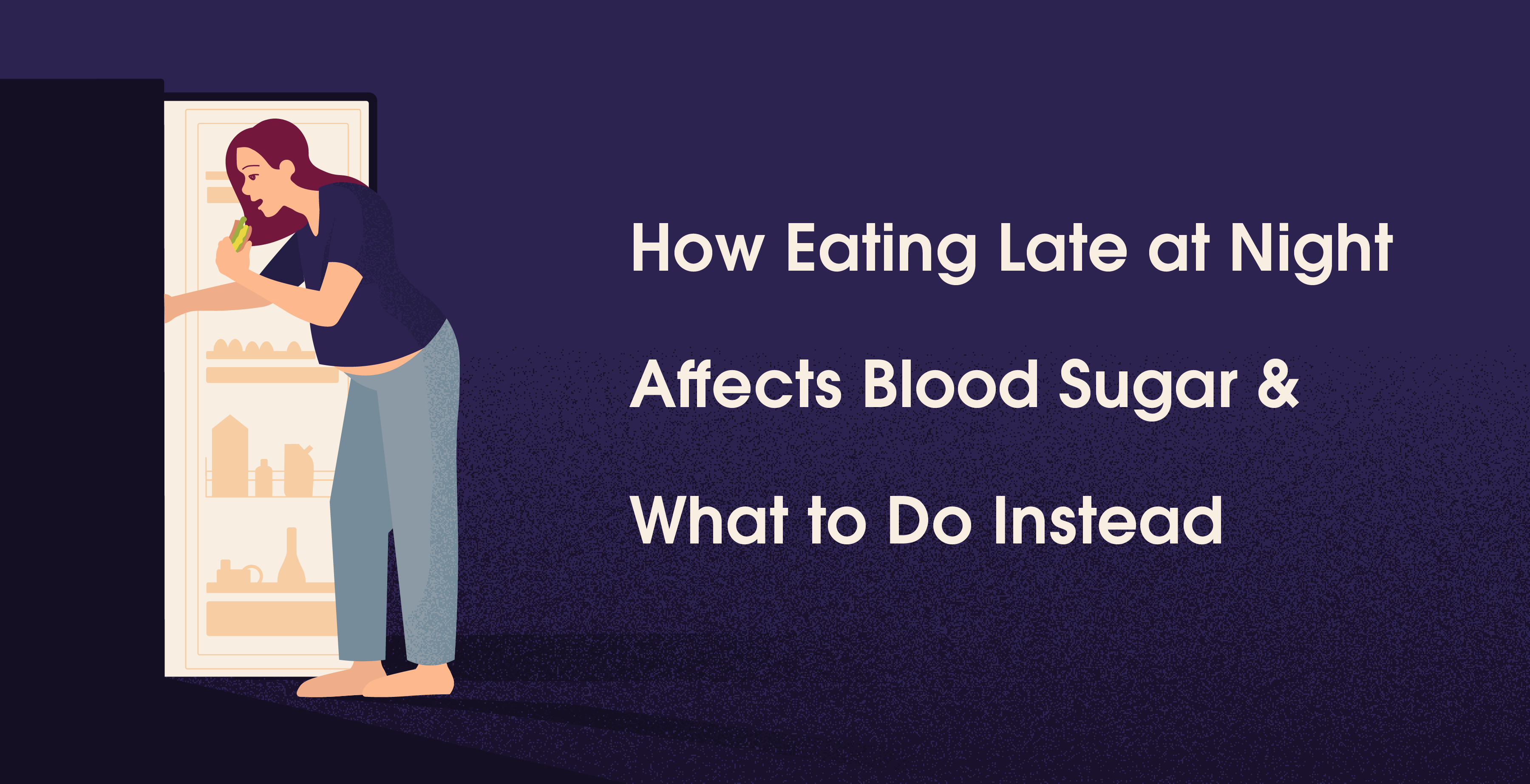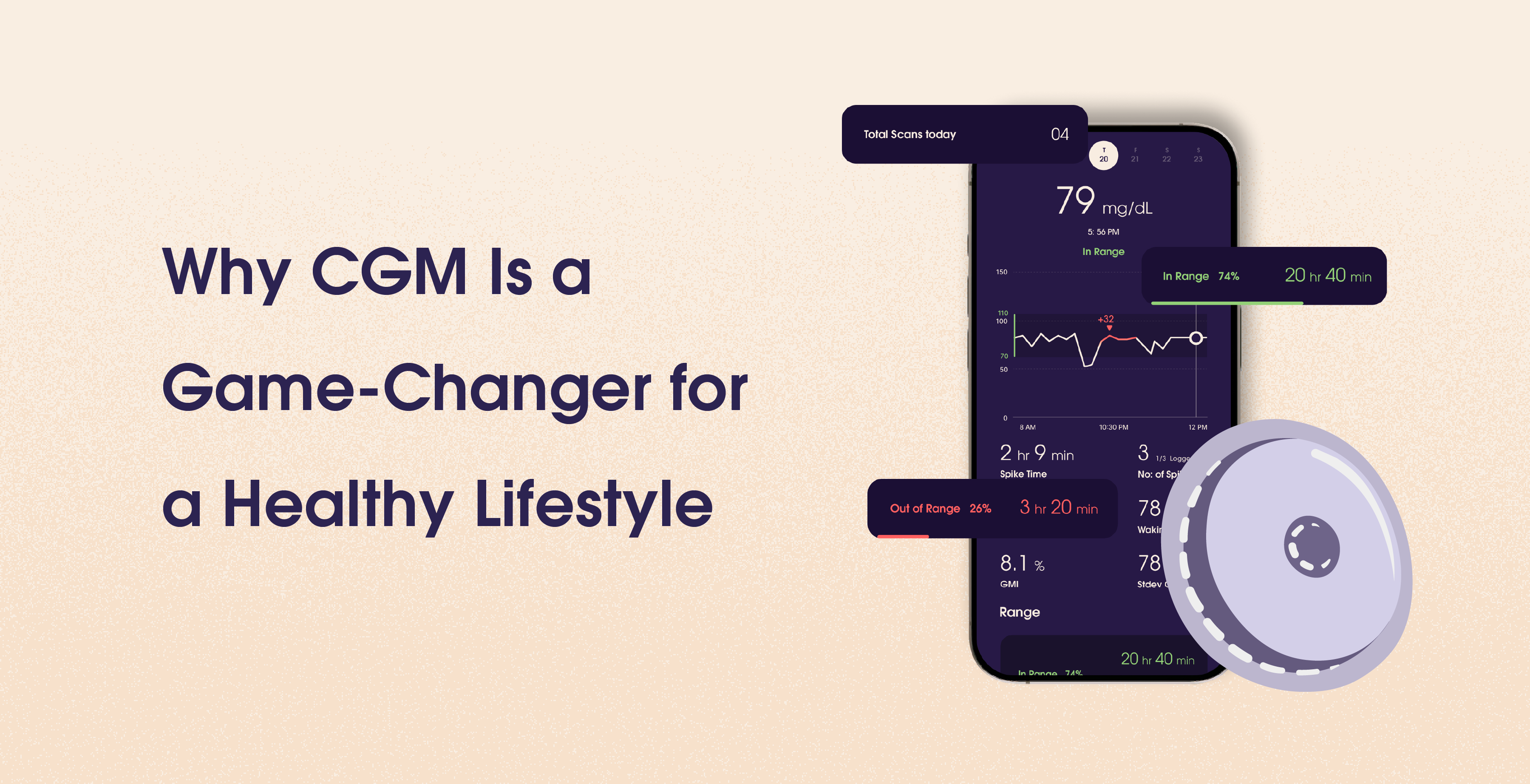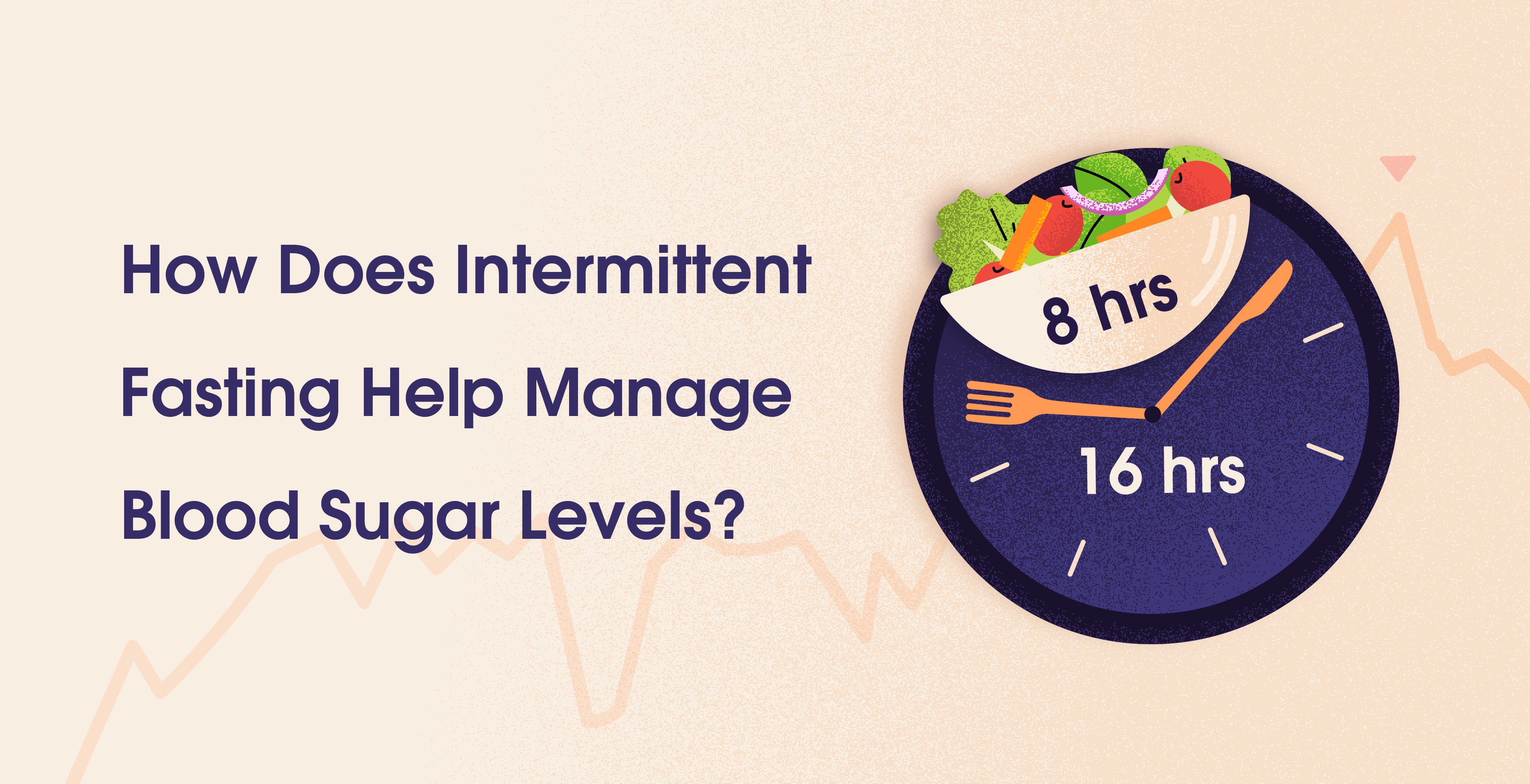12 Effective Diet Tips to Prevent Pre Diabetes
Sep 9, 2024
Sayfali Rawlani



Table Of Contents
Pre-diabetes is directly linked to diet: 84% of people who followed a healthy eating plan, including low-glycemic foods and fiber, reduced their risk of developing type 2 diabetes (CDC).
Highlights
Foods like whole grains, fruits, veggies, and beans are high in fiber, which helps keep your blood sugar steady. Enjoy the crunch of fresh produce instead of juices.
Not all fats are bad. Eat healthy fats like avocados, nuts, seeds, and olive oil to help manage blood sugar. Just watch your portions!
Cut down on refined carbs and sugary snacks. Replace them with whole foods like brown rice, oats, and a little dark chocolate for a treat.
Skipping meals can lead to overeating later. Eat regularly to keep your blood sugar balanced and avoid eating late at night.
Pre-diabetes is the warning sign that your blood sugar level is higher than normal but not yet high enough to categorize it as type 2 diabetes. It is the body's way of sending you a signal: "Change things now, while there is still time to prevent serious health problems." The good news is that through proper diet and lifestyle changes, you can prevent pre-diabetes from progressing to diabetes. Here are some diet tips that will help you keep everything under control about your health.
Must Follow Tips To Prevent Pre-Diabetes
Eat Fiber-Rich Foods
Fiber is your best friend in the fight against pre-diabetes. Fiber-rich foods help maintain stable blood sugar levels by slowing down digestion. This helps in evading sudden spikes in blood sugar that can result in insulin resistance, a major cause of type 2 diabetes.
Add more whole grains like oats, brown rice, and quinoa to your meals. Even legumes like lentils and beans are high in fiber. Not to mention, fruits and vegetables! Fruits like apples, and berries; vegetables like carrots and leafy greens—each one of them has high fiber content. It's best to eat these foods whole, so skip that juice, and relish the crunch of fresh fruits and vegetables instead.
Control Portion
Unhealthy eating, even with healthier food choices, can still contribute to weight gain and high blood sugar levels. Part of monitoring your diet to fight pre-diabetes is portion control.
Try the "plate method" to help guide your portion sizes: Fill half of your plate with non-starchy vegetables, a quarter with lean proteins, and the last quarter with healthy fats and carbohydrates paired with a zero-calorie drink. This helps balance the meal so you can get enough nutrients, keeping you fuller for longer.
Go for Low Glycemic Index Foods
The glycemic index measures how quickly different foods can raise blood sugar levels. The lower the GI, the slower food is digested, and the less it spikes your blood sugar levels. This is important in the prevention of pre-diabetes.
To prevent this, have a portion of foods like lentils, chickpeas, sweet potatoes, and most fruits (except watermelon, which has a high GI). Also, include whole grains like barley and oats, since these are also low on the GI. In terms of carbs instead of bread, choose from whole grain or sprouted grain in place of white bread.
Healthy Fats
Remember, not all fats are your enemy. Healthy fats enhance insulin sensitivity and effectively manage blood sugar levels. Include sources of unsaturated fats such as avocados, nuts, seeds, and olive oil in your diet. Fatty fish sources are rich in omega-3 fatty acids. You can also add salmon and mackerel to your diet, these are good for heart health and blood sugar control. However, be mindful of portion sizes, since fats are calorie-dense. A small handful of nuts or a tablespoon of olive oil is all you need to reap its benefits.
Say No to Sugar Spikes
Refined carbs and sugary foods are, easily broken down, leading to surges in blood sugar levels. This constant up-and-down is what creates the stress on insulin production in your body. Leading to insulin resistance. Limit white bread, pastries, sugary cereals, and snacks. Instead, substitute them with whole foods like oats, brown rice, and sweet potatoes. If you have a sweet tooth, eat fruit or a little dark chocolate, but do not indulge in candy and desserts.
Don’t Skip Meals
Skipping meals makes one overeat, spiking sugar levels. Eating at regular intervals during the day will help keep steady blood sugar levels and prevent hunger.
Try to have three balanced meals every day with 1-2 healthy snacks as needed (for example- an apple). And eating late can lead to an imbalance in blood sugar.
Stay Hydrated
Hydrating your body is an important factor to keep your body healthy and manage blood sugar levels. Water helps your kidneys get rid of extra sugar through urine. When you are dehydrated, sugar levels spike in your blood. Start to drink enough water throughout the day.
Avoid sweetened beverages—sodas, energy drinks, and sugar-sweetened tea. Even fruit juices can be heavy in sugar. If you're feeling like a little flavor's what you need, drop some slices of lemon, cucumber, or fresh mint into that water.
Eat More Plant-Based Foods
Plant-based diets are known to improve insulin sensitivity and reduce the risk of type 2 diabetes. You don’t have to go fully vegetarian, but increasing the number of plant-based meals in your diet can make a big difference.
Try “meatless Mondays” or experiment with plant-based proteins like beans, lentils, and tofu. Not only are these foods rich in nutrients, but they’re also low in unhealthy fats, which can help manage blood sugar levels.
Read Labels Carefully
Many processed foods contain hidden sugars under names like sucrose, corn syrup, or maltose. These added sugars can sneak into your diet even if you think you’re eating healthy. Always read labels and choose products with little to no added sugars.
You’ll be surprised at how many foods contain hidden sugars, from salad dressings to yogurt. By being vigilant, you can make smarter choices that support your goal of preventing pre-diabetes.
Meal Prep for Success
One of the best ways to stay on track with your diet is to plan ahead. Meal prepping helps you control what you eat and prevents the temptation of grabbing unhealthy options when you’re hungry and in a rush.
Spend some time each week planning your meals and snacks. Prepare ingredients or even cook meals in advance so that you have healthy, balanced options ready to go. This way, you’ll be less likely to reach for processed foods or takeout, both of which can derail your diet.
Limit Alcohol
While a glass of wine or a beer now and then can be part of a healthy lifestyle, excessive alcohol consumption can lead to blood sugar imbalances. Alcohol is high in calories and can also increase your appetite, leading to overeating.
If you drink, do so in moderation. Stick to the recommended limits of one drink per day for women and two drinks per day for men. Always consume alcohol with food to reduce its effect on your blood sugar levels.
Healthy Doesn’t Have to be Boring
One of the biggest challenges to trying to follow a pre-diabetes-friendly diet is creating exciting, healthy food. So experiment with new recipes, spices, and ways of cooking foods that will help keep your meals appealing.
Bake instead of fry, or grill instead of sauté. Boost flavor with herbs and spices rather than extra calories and salt. The more you enjoy food, the easier it is to stick with a healthy diet over the long term.
Small Changes Make Big Impact
The goal when preventing pre-diabetes is to make healthy changes to your diet and lifestyle that can be sustained over time. All the while, being in control by including fiber-rich food, controlling portion sizes, and steering away from sugary and processed food.
You sure are one step closer to your goal of lowering the risk of type 2 diabetes.. Remember, small consistent changes can add up over time. So stay committed, get creative in the kitchen, and enjoy the journey to better health!
Pre-diabetes is directly linked to diet: 84% of people who followed a healthy eating plan, including low-glycemic foods and fiber, reduced their risk of developing type 2 diabetes (CDC).
Highlights
Foods like whole grains, fruits, veggies, and beans are high in fiber, which helps keep your blood sugar steady. Enjoy the crunch of fresh produce instead of juices.
Not all fats are bad. Eat healthy fats like avocados, nuts, seeds, and olive oil to help manage blood sugar. Just watch your portions!
Cut down on refined carbs and sugary snacks. Replace them with whole foods like brown rice, oats, and a little dark chocolate for a treat.
Skipping meals can lead to overeating later. Eat regularly to keep your blood sugar balanced and avoid eating late at night.
Pre-diabetes is the warning sign that your blood sugar level is higher than normal but not yet high enough to categorize it as type 2 diabetes. It is the body's way of sending you a signal: "Change things now, while there is still time to prevent serious health problems." The good news is that through proper diet and lifestyle changes, you can prevent pre-diabetes from progressing to diabetes. Here are some diet tips that will help you keep everything under control about your health.
Must Follow Tips To Prevent Pre-Diabetes
Eat Fiber-Rich Foods
Fiber is your best friend in the fight against pre-diabetes. Fiber-rich foods help maintain stable blood sugar levels by slowing down digestion. This helps in evading sudden spikes in blood sugar that can result in insulin resistance, a major cause of type 2 diabetes.
Add more whole grains like oats, brown rice, and quinoa to your meals. Even legumes like lentils and beans are high in fiber. Not to mention, fruits and vegetables! Fruits like apples, and berries; vegetables like carrots and leafy greens—each one of them has high fiber content. It's best to eat these foods whole, so skip that juice, and relish the crunch of fresh fruits and vegetables instead.
Control Portion
Unhealthy eating, even with healthier food choices, can still contribute to weight gain and high blood sugar levels. Part of monitoring your diet to fight pre-diabetes is portion control.
Try the "plate method" to help guide your portion sizes: Fill half of your plate with non-starchy vegetables, a quarter with lean proteins, and the last quarter with healthy fats and carbohydrates paired with a zero-calorie drink. This helps balance the meal so you can get enough nutrients, keeping you fuller for longer.
Go for Low Glycemic Index Foods
The glycemic index measures how quickly different foods can raise blood sugar levels. The lower the GI, the slower food is digested, and the less it spikes your blood sugar levels. This is important in the prevention of pre-diabetes.
To prevent this, have a portion of foods like lentils, chickpeas, sweet potatoes, and most fruits (except watermelon, which has a high GI). Also, include whole grains like barley and oats, since these are also low on the GI. In terms of carbs instead of bread, choose from whole grain or sprouted grain in place of white bread.
Healthy Fats
Remember, not all fats are your enemy. Healthy fats enhance insulin sensitivity and effectively manage blood sugar levels. Include sources of unsaturated fats such as avocados, nuts, seeds, and olive oil in your diet. Fatty fish sources are rich in omega-3 fatty acids. You can also add salmon and mackerel to your diet, these are good for heart health and blood sugar control. However, be mindful of portion sizes, since fats are calorie-dense. A small handful of nuts or a tablespoon of olive oil is all you need to reap its benefits.
Say No to Sugar Spikes
Refined carbs and sugary foods are, easily broken down, leading to surges in blood sugar levels. This constant up-and-down is what creates the stress on insulin production in your body. Leading to insulin resistance. Limit white bread, pastries, sugary cereals, and snacks. Instead, substitute them with whole foods like oats, brown rice, and sweet potatoes. If you have a sweet tooth, eat fruit or a little dark chocolate, but do not indulge in candy and desserts.
Don’t Skip Meals
Skipping meals makes one overeat, spiking sugar levels. Eating at regular intervals during the day will help keep steady blood sugar levels and prevent hunger.
Try to have three balanced meals every day with 1-2 healthy snacks as needed (for example- an apple). And eating late can lead to an imbalance in blood sugar.
Stay Hydrated
Hydrating your body is an important factor to keep your body healthy and manage blood sugar levels. Water helps your kidneys get rid of extra sugar through urine. When you are dehydrated, sugar levels spike in your blood. Start to drink enough water throughout the day.
Avoid sweetened beverages—sodas, energy drinks, and sugar-sweetened tea. Even fruit juices can be heavy in sugar. If you're feeling like a little flavor's what you need, drop some slices of lemon, cucumber, or fresh mint into that water.
Eat More Plant-Based Foods
Plant-based diets are known to improve insulin sensitivity and reduce the risk of type 2 diabetes. You don’t have to go fully vegetarian, but increasing the number of plant-based meals in your diet can make a big difference.
Try “meatless Mondays” or experiment with plant-based proteins like beans, lentils, and tofu. Not only are these foods rich in nutrients, but they’re also low in unhealthy fats, which can help manage blood sugar levels.
Read Labels Carefully
Many processed foods contain hidden sugars under names like sucrose, corn syrup, or maltose. These added sugars can sneak into your diet even if you think you’re eating healthy. Always read labels and choose products with little to no added sugars.
You’ll be surprised at how many foods contain hidden sugars, from salad dressings to yogurt. By being vigilant, you can make smarter choices that support your goal of preventing pre-diabetes.
Meal Prep for Success
One of the best ways to stay on track with your diet is to plan ahead. Meal prepping helps you control what you eat and prevents the temptation of grabbing unhealthy options when you’re hungry and in a rush.
Spend some time each week planning your meals and snacks. Prepare ingredients or even cook meals in advance so that you have healthy, balanced options ready to go. This way, you’ll be less likely to reach for processed foods or takeout, both of which can derail your diet.
Limit Alcohol
While a glass of wine or a beer now and then can be part of a healthy lifestyle, excessive alcohol consumption can lead to blood sugar imbalances. Alcohol is high in calories and can also increase your appetite, leading to overeating.
If you drink, do so in moderation. Stick to the recommended limits of one drink per day for women and two drinks per day for men. Always consume alcohol with food to reduce its effect on your blood sugar levels.
Healthy Doesn’t Have to be Boring
One of the biggest challenges to trying to follow a pre-diabetes-friendly diet is creating exciting, healthy food. So experiment with new recipes, spices, and ways of cooking foods that will help keep your meals appealing.
Bake instead of fry, or grill instead of sauté. Boost flavor with herbs and spices rather than extra calories and salt. The more you enjoy food, the easier it is to stick with a healthy diet over the long term.
Small Changes Make Big Impact
The goal when preventing pre-diabetes is to make healthy changes to your diet and lifestyle that can be sustained over time. All the while, being in control by including fiber-rich food, controlling portion sizes, and steering away from sugary and processed food.
You sure are one step closer to your goal of lowering the risk of type 2 diabetes.. Remember, small consistent changes can add up over time. So stay committed, get creative in the kitchen, and enjoy the journey to better health!
Table Of Contents
Table Of Contents
Table Of Contents
Read More


Mar 25, 2025
Sayfali Rawlani


Mar 20, 2025
Sayfali Rawlani


Mar 6, 2025
Sayfali Rawlani



Company
Copyright © 2025 trst health. All right reserved.

